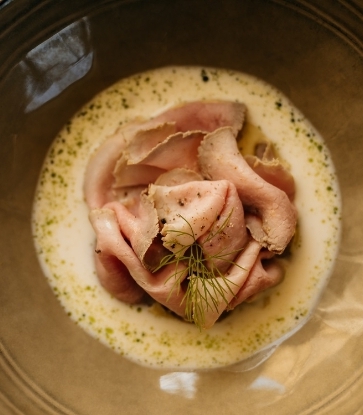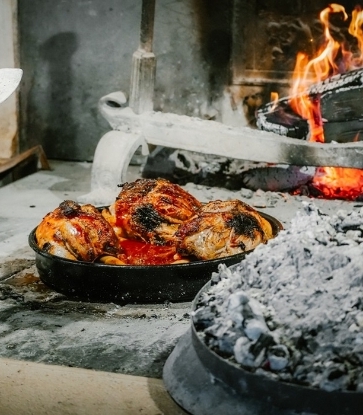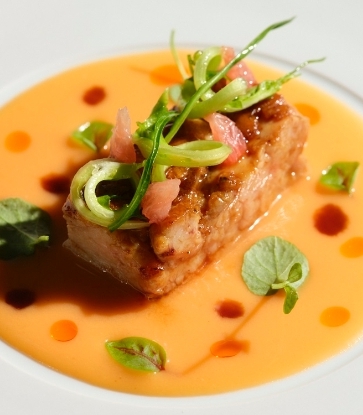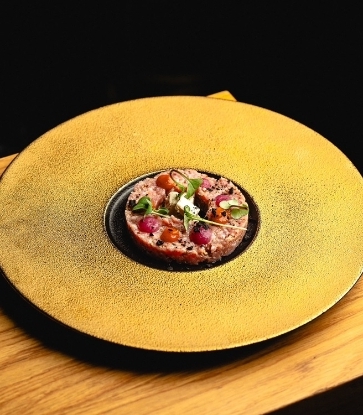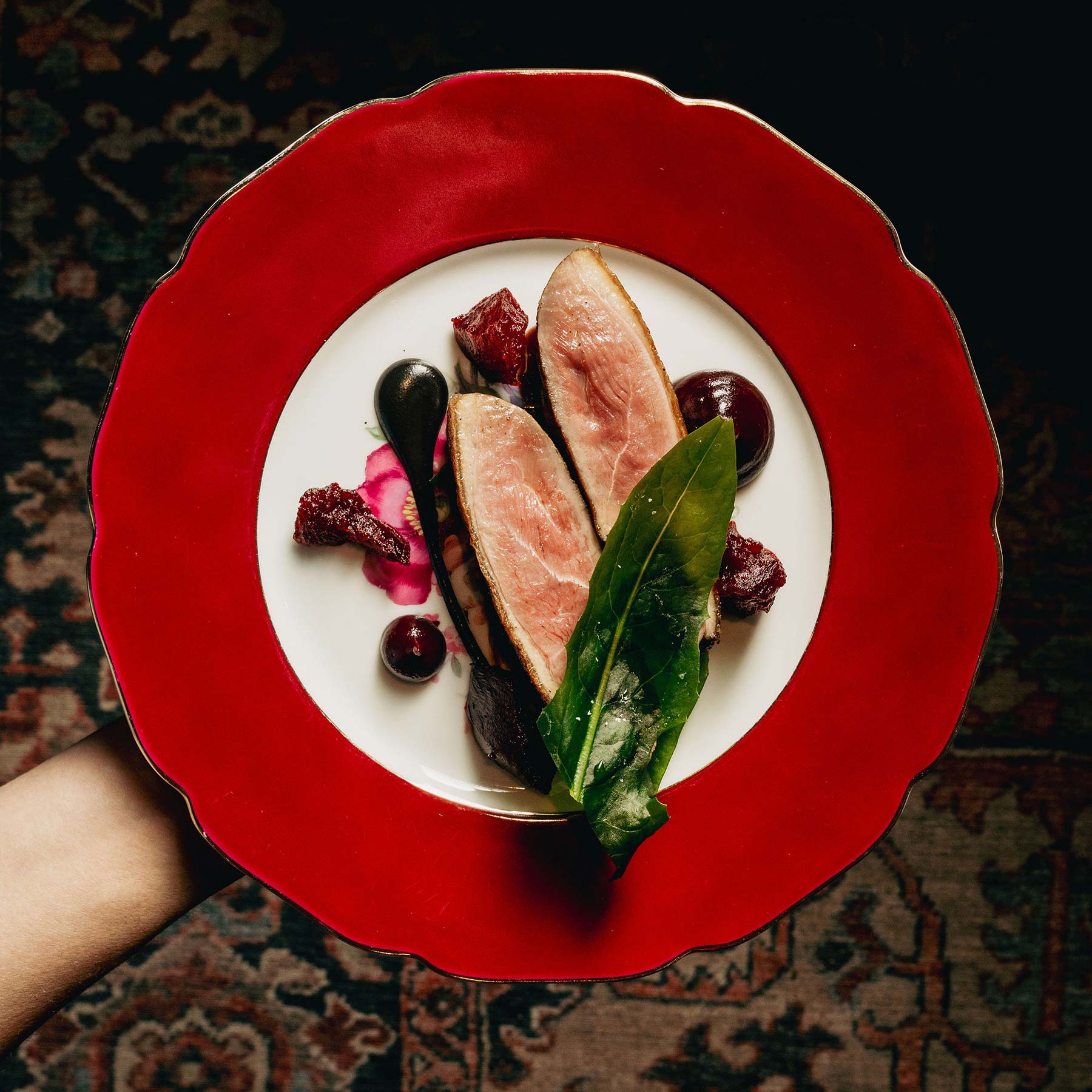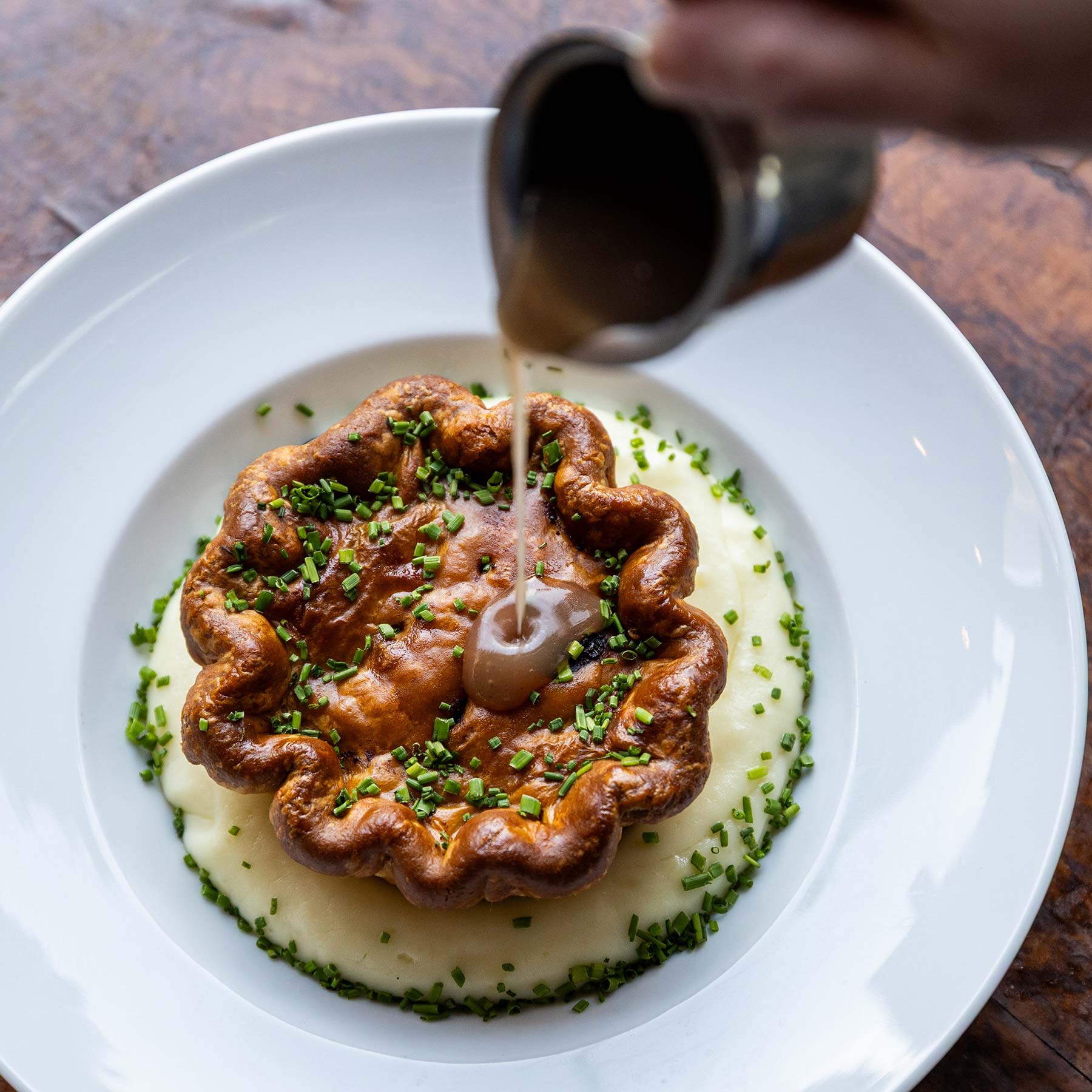The worksheets are part of his Tasting Room initiative, which takes the concept of customer feedback up to a whole new level. On top of introducing specials on the menu board and chatting with diners, Montobbio gives diners a sneak peek into what he calls his “little black book of experiments” as he develops new dishes.
At the monthly sessions, 12 diners are both food critics as well as guinea pigs. They dig in a dinner ($68) that comprises six to eight dishes and write their no-holds-barred comments in the worksheets. Each dish is graded on a scale of one to five — one being “very undesirable” to five for “off the chain” (slang for “out of control and wild fun”). Diners have to rate the dishes according to their presentation, taste and balance of flavours, as well as give an overall rating for the dish. Diners can also give their two cents worth on how much they will be willing to pay for each dish.
Towards the end of the cosy convivial sessions, Montobbio shows up and listens to the opinions of more vocal diners. Don’t worry about giving less-than-satisfactory comments as the chef promises that he would not get annoyed. Most of the Tasting Room sessions, which can be booked online, sell out fast.

Montobbio says: “I love the idea that diners are able to journey alongside my culinary exploration and are open to sampling new ingredients, flavour combinations and techniques.”
“Some of the cooking experiments turn out good or bad. It can be scary at times as I am showing a vulnerable side of myself by presenting an an unpolished dish to diners,” he says with a chuckle.
The feedback helps him to polish up the dishes before they make the cut on the a la carte menu — a process that can take as short as a week. If a dish doesn’t receive at least 85% positive feedback from diners, it doesn’t make it onto the main menu. For example, Beetroot With Stracciatella Cheese, Smoked Walnut & Horseradish was tweaked over four Tasting Room sessions before appearing on the menu.

Montobbio thinks that the Tasting Room initiative is a more interactive way of getting feedback on his food and understanding his food through diners’ perspectives. He says: “In the kitchen, we tend to approach dishes from a more technical and practical view. This balances out the dish creations and menu planning by harmonising the two perspectives together.”










